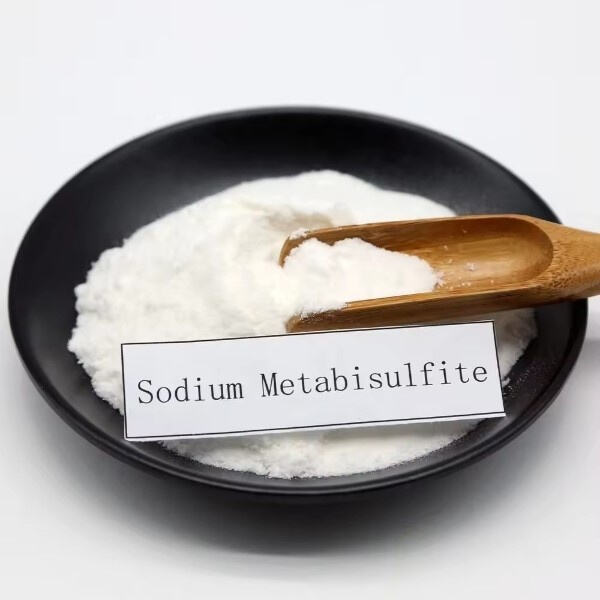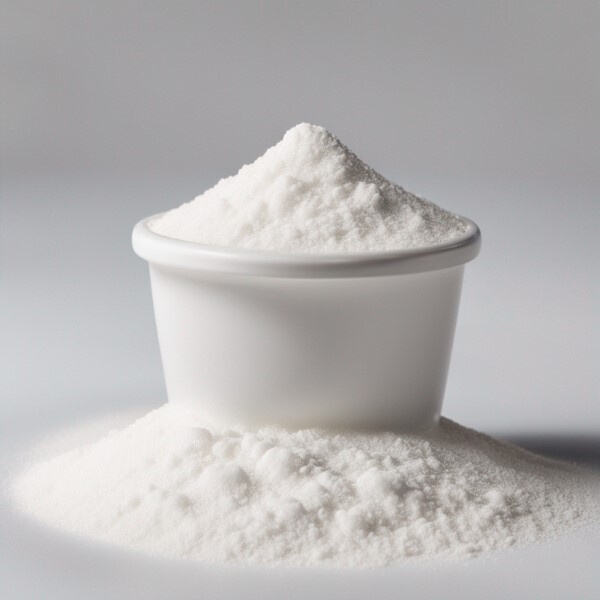Sodium Metabisulphite is a white powdery substance which can be used in various fields, including food preservation, wine making, cosmetics, and in the laboratory. Today, we’re talking about what bicarbonate of sodium is, what it does and how to use it safely.
Sodium metabisulphite is a preservative that prevents food from going off by preventing bacteria and fungi from growing. Dried fruits, vegetables and meat have commonly had it added to them to increase shelf life. In food, it keeps colors bright, and stops bad tastes.
Sodium metabisulphite is applied as a wine preservative to conserve the wine and safeguard it from spoiling in winemaking. It prevents undesirable germs from growing, which can ruin the wine. But some people have allergies to sulfites, such as bicarbonate sodium baking soda, that trigger headaches or difficulty breathing. If there are really sulfites in the wines, it is important for winemakers to disclose that to people.

Sodium metabisulphite is also used in beauty care products including creams, lotions, and shampoos. It’s a way to protect these products from bacteria and mold. Sulfite can affect certain people who are sensitive to it, so businesses have to properly label products in order to keep people safe.

One has to be very cautious when using sodium metabisulphite in laboratories. Always use gloves and goggles to shield your skin and eyes. Work in a room with good ventilation so you don’t breathe in dust. If you do accidentally contact it, wash the area with water and seek assistance as necessary.

Other food preservatives that can be substituted with sodium metabisulphite include. Natural alternatives are rosemary extract, grapefruit seed extract and vinegar. Those can help keep food fresh without adding sulfites (hazard)plates 1.) They are awesome Developers – Safe for food and Sulfite Allergy (if you develop in a well- ventilated space f course).